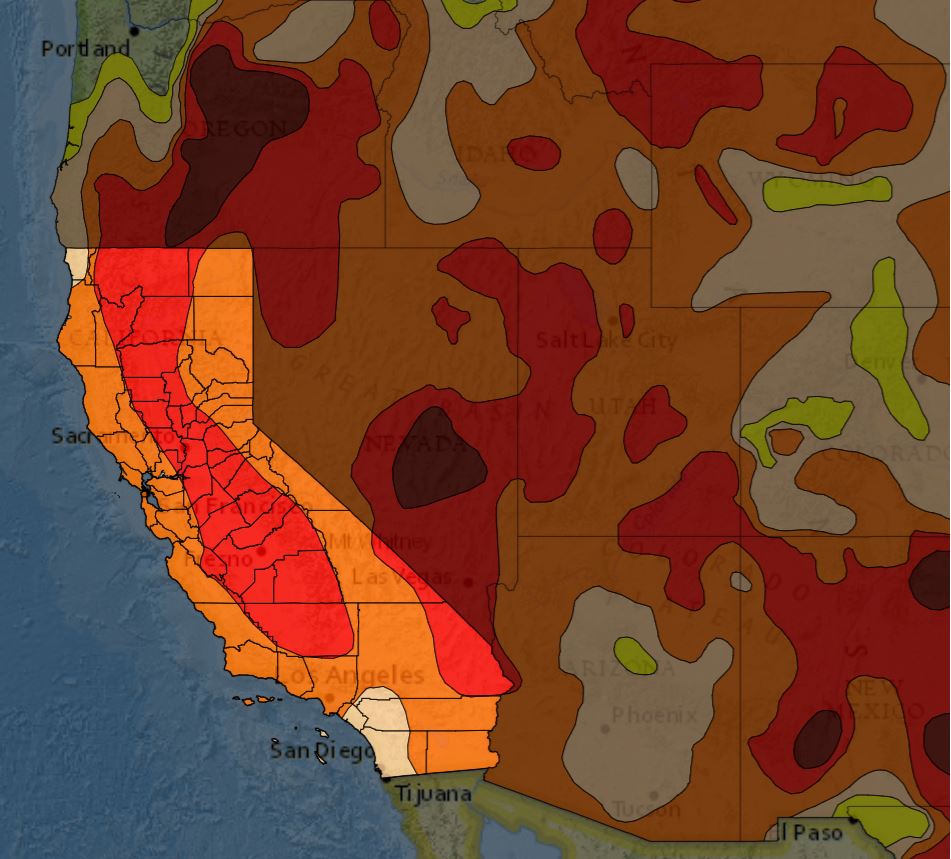Southern California is facing the worst drought in history, and water supplies in the area have rapidly depleted. Therefore, the California authorities issued a decree ordering restrictions on water use. The regulation will affect several million citizens.
Decree of Water Use Restriction
Authorities in Southern California have issued a decree that enacts unprecedented restrictions on water supplies to several districts in Southern California: Los Angeles, Ventura, and San Bernardino. The restrictions were issued by the Metropolitan Water District (MWD) after declaring a water shortage emergency throughout Southern California.

If the extreme drought continues, the regulation will come into force on 1 June and will last until the autumn. After that, six million people will be able to use water outdoors just one day a week. Water use restrictions apply to outdoor activities that the authorities consider unimportant, such as irrigating lawns or ornamental plants, washing vehicles, sidewalks, car parks, filling swimming pools, and even using water for construction purposes.
The Historical Drought in California
According to officials, this decision was inevitable. This year’s conditions are exceptional – California had the greatest drought in January, February, and March, and water supplies in the snow quickly depleted. Precipitation was not enough to replenish the water in the reservoirs.

The first three months of the year are usually when the region has the most precipitation, on which the area depends. Some parts of California are now experiencing the biggest drought in history due to the ongoing three-year drought. According to officials, the state’s water project also has the lowest amount of water in its history.
To avoid the worst-case scenario, all consumers will need to increase their savings efforts significantly – the authorities hope to save at least 35 percent of water. The decree also inspired other water suppliers in the region; for example, they also began to introduce restrictive measures in the western part.
Source: https://www.drought.gov/states/california, unsplash.com




